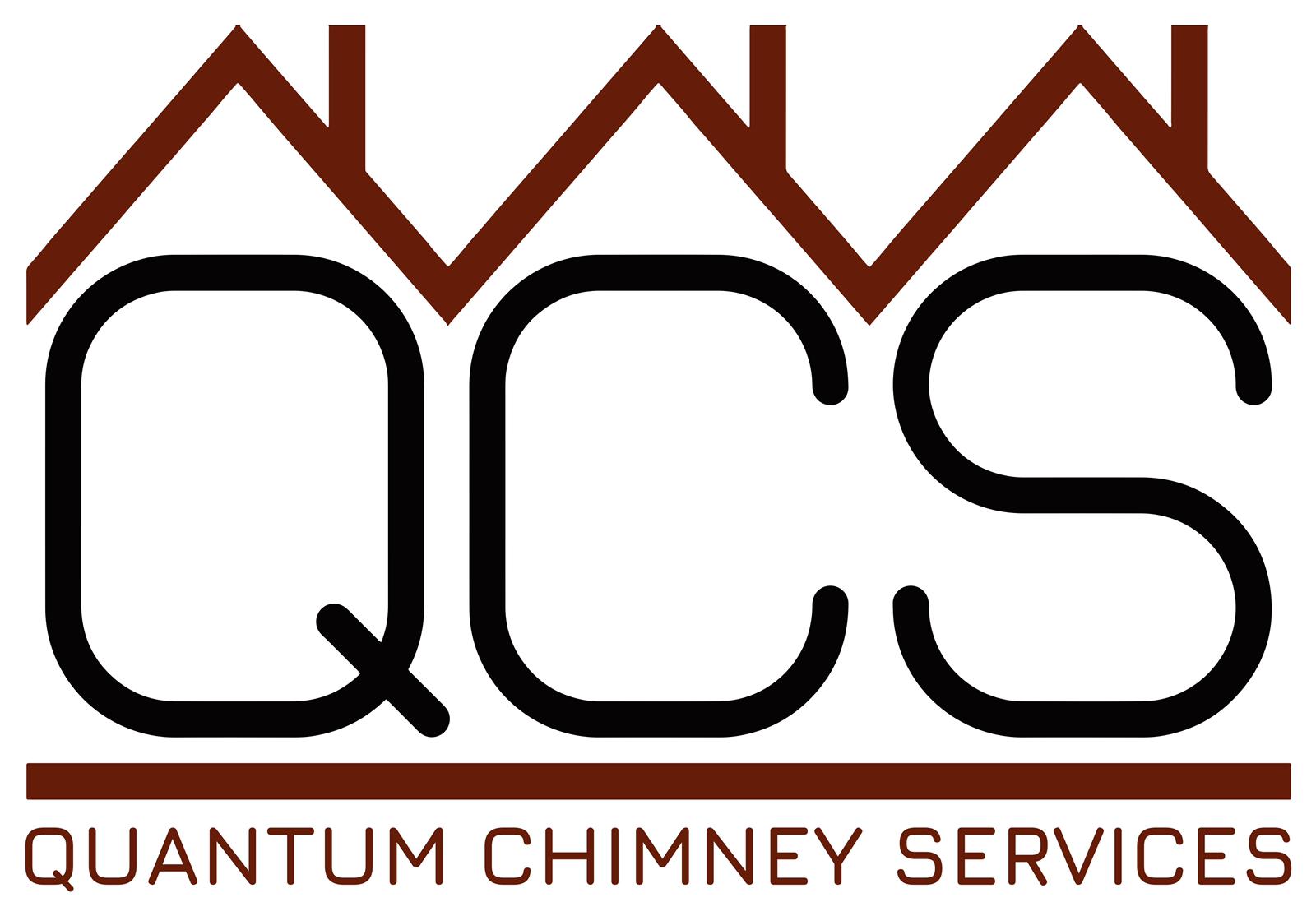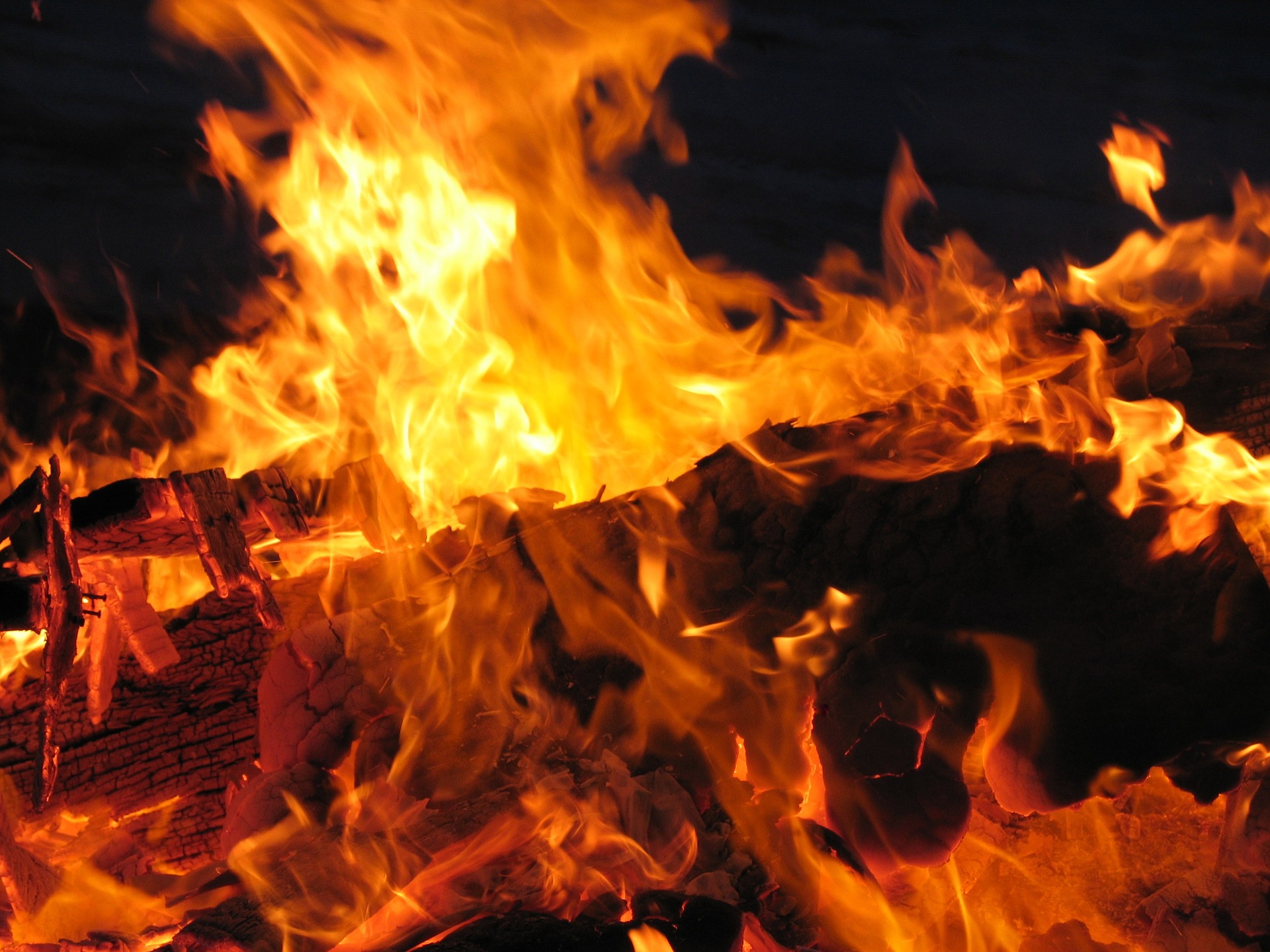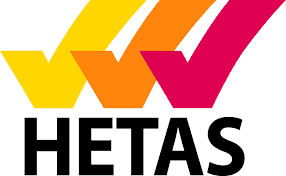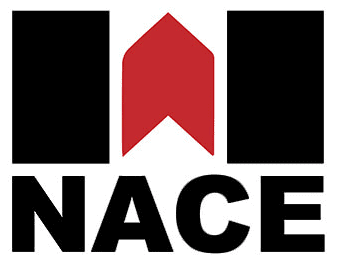In this article, we aim to aim to address and provide guidance on some of the most common queries arising from the proposed installation of new or replacement wood burning stoves, open fires or flue shafts in relation to the building regulations. All building regulations are in effect, health and safety documents designed to provide guidance that if followed, would be presumed as having sufficiently reduced the risk or likelihood of damage or harm occurring to a property or persons.
If you require any further information or technical assistance on any queries raised below, please do not hesitate to contact us.
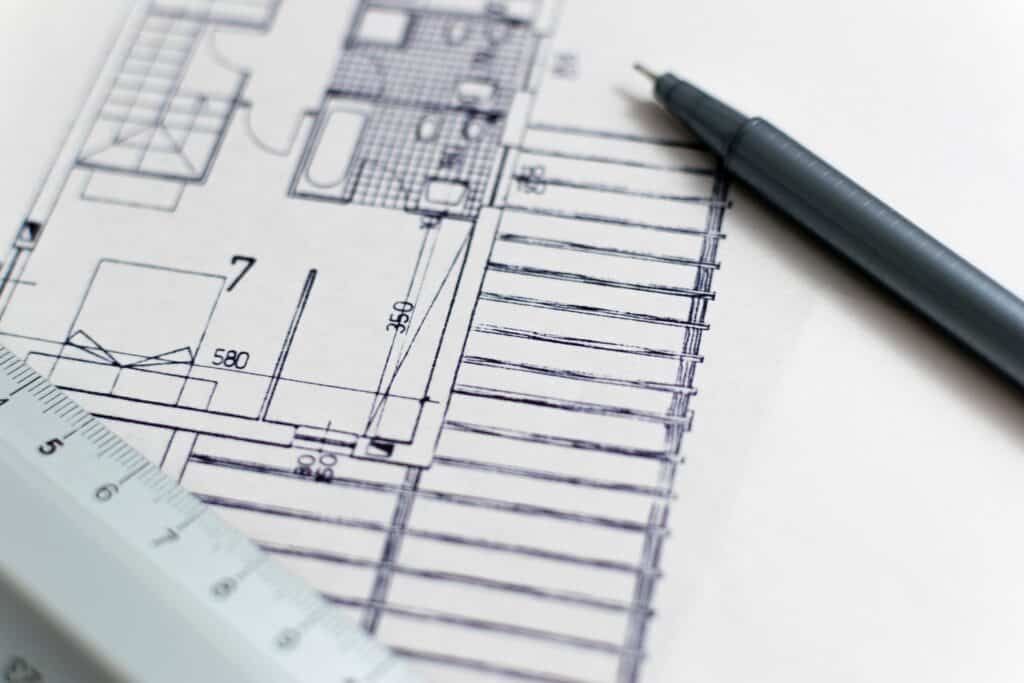
Do I need planning permission?
We are often asked whether planning permission is required to undertake works to provide a new flue shaft or to install a new combustion appliance.
It is important to note that chimneys and flue systems are ‘Controlled Services’ in accordance with the Building regulations 2010 (2013 amendments) and Part J of the Building Regulations. Combustion appliances (open fires, stoves, wood burning ovens etc.) irrespective of fuel supply, are referred to as ‘Controlled Fittings’.
Approved Document J (ADJ) states that “In general, all work on a combustion appliance which is not repair or maintenance will be notifiable work”.
Section 1.35 goes on to state that:
“Flues are controlled services as defined in regulation 2 of the Building Regulations……If renovation, refurbishment or repair amounts to or involves the provision of a new or replacement flue liner, it is ‘building work’ within the meaning of regulation 3 of the Building regulations. ‘Building work’ must not be undertaken without prior notification to the local authority. Examples of work that would need to be notified included:
a. Relining work comprising the creation of new flue walls by the insertion of new linings such as rigid or flexible prefabricated components.
b. A cast in situ liner that significantly alters the flues internal dimensions.
Anyone in doubt about whether or not any renovation, refurbishment or repair work involving a flue is notifiable ‘building work’, could consult the building control department of their local authority, or an approved inspector.”
Our advice is that an enquiry to the local authority building control (LABC) should always be made in writing to confirm whether planning permission (if a new construction) or a Building Notice (if an alteration or replacement of existing) is required. The enquiry should detail the proposed works and who is undertaking it. Any response will then be given in writing and a copy of the reply should be kept as part of an audit trail of the works.
If it is required that a Building Notice is submitted, it is important to note this is not planning permission. A Building Notice provides your local building authority with a notice of intention to undertake works (no less than 48 hours prior to works commencing), which will then require an inspector to attend at a given time to inspect and certify the works have been completed compliantly and in accordance with the Building Regulations. This will provide the final piece of documentation for your audit trail of works undertaken.
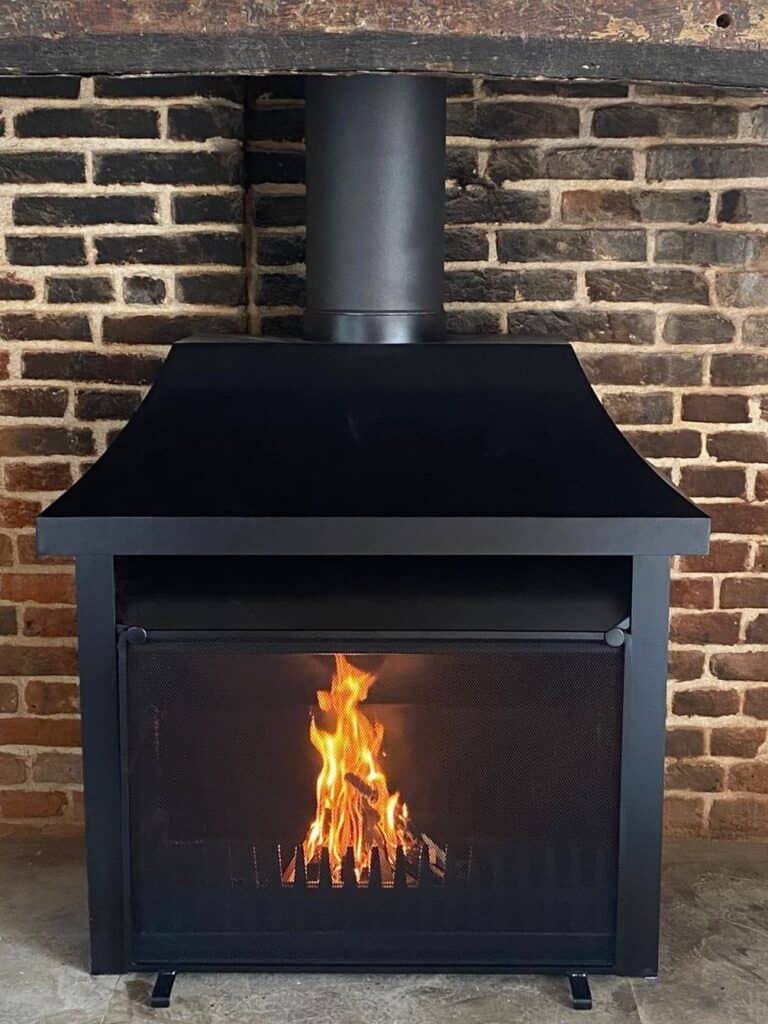
But my chosen installer has a relevant competent person scheme (CPS) accreditation…..
Regardless of whether you chose to employ an installer who has an accreditation with relevant a CPS provider (such as, although not exclusively, HETAS or OFTEC), it does not negate the need to ensure the necessary enquires to the LABC have been made and any permission or building notice required has then be submitted.
It is also important to understand the limitations of what work a CPS registrant can undertake. This is commonly restricted solely to installation works only and they will hold no competency or authority to undertake any building, alteration or structural work that is deemed notifiable.
For example, if it is required that an alteration is to be made to a fireplace recess (a structural opening / builders opening), this is likely classed as structural work and beyond the competency held by a CPS registrant, therefore Building Notice is required.
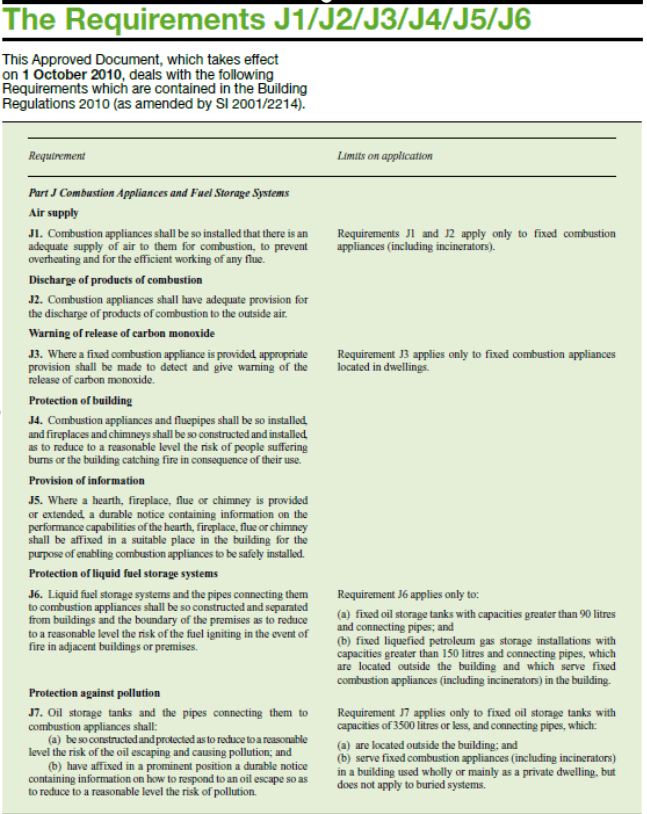
What are the Building Regulation requirements that make an installation or alteration compliant?
When considering the installation or alteration of a combustion appliance or flue shaft in your property, it is important to know that either yourself or your chosen contractor will need to refer to ‘The Requirements’ laid out in Part J of the Building Regulations.
The Requirements detail specific points that must be adhered to in order to achieve a safe and compliant installation, which can then be signed off as such, by either your local building inspector, an independently approved inspector or an person holding a valid CPS accreditation if applicable.
It is important to note that “Approved Document J is a document that has been approved and issued by the Secretary of State to provide practical guidance on ways of complying with Requirements J1 to J7 and regulations 7 of the Building regulations 2010 for England and Wales.”
Furthermore, “The intention of issuing Approved Documents is to provide guidance about compliance with specific aspects of building regulations in some of the more common building situations…………..If guidance in an Approved Document is followed there will be a presumption of compliance with the requirement(s) covered by the guidance. However, this presumption can be overturned, so simply following the guidance does not guarantee compliance. For example, if one particular case is unusual in some way, the ‘normal’ guidance may not be applicable. It is also important to note that there may well be other ways of achieving compliance with the requirements. There is therefore no obligation to adopt any particular solution contained in this Approved Document if you would prefer to meet the relevant requirements in some other way. However, persons intending to carry out building work should always check with their Building Control Body, either the local authority or an approved inspector, that their proposals comply with building regulations.”
A full copy of ADJ can be accessed through the government website on the link below.
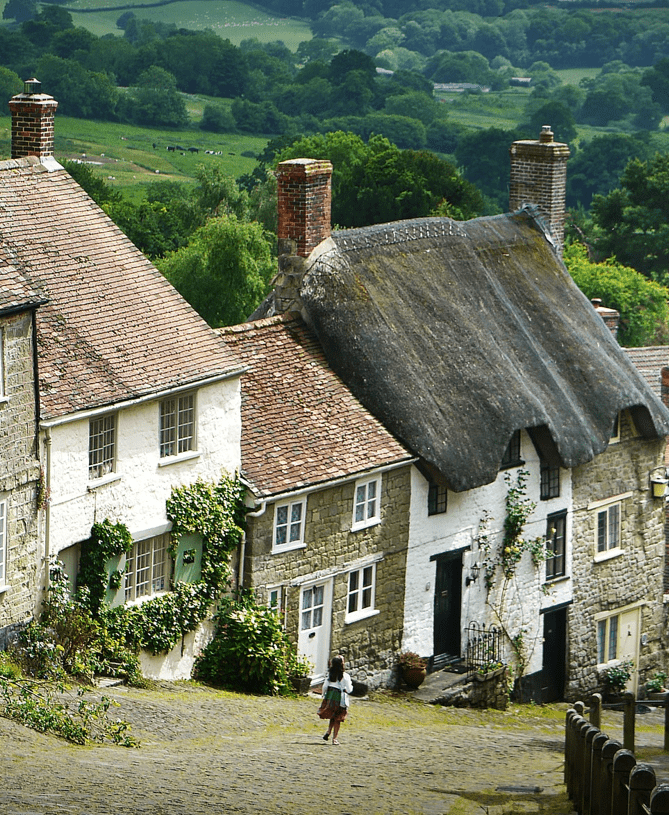
What if my property is Listed, has a designation or is in a conservation area?
There is a set of specific circumstances where special consideration may be needed in deciding what is adequate provision for compliance with Part J:
“Buildings included in the schedule of monuments maintained under section 1 of the Ancient Monuments and Archaeological Areas Act 1979 are exempt from compliance with the requirements of the Building Regulations.”
Other classes of building where special consideration may be needed include:
A. listed building;
B. buildings situated in designated conservation areas;
C. buildings which are of architectural or historic interest and which are referred to as a material consideration in a local authorities development plan; and
D. buildings of architectural or historic interest within national parks, areas of outstanding natural beauty and world heritage sights.
For properties falling into one of these classes, ADJ offers the following guidance:
“It would not normally be considered appropriate to relax the requirements of Part J since they relate to health and safety. However, it may be necessary to seek alternative technical solutions to those set out in this approved document in order to achieve reasonable standards of safety without prejudicing the character of the host building or increasing the risk of long-term deterioration of the buildings fabric.
In determining what is appropriate in the circumstances, the advice of the local authority’s conservation officer are particularly important where building work requires planning permission and / or listed building consent.”
We strongly advise that before agreeing to undertake any works, whether new or replacement to a property that is Listed, has a special designation or is within a conservation area, the relevant authority must be contacted in writing and advice sought. Most relevant authorities will offer a ‘pre-application’ advice service, where for a small fee (often around £50.00), you can get written guidance on whether additional permissions will or will not be required. This is extremely important as both anyone undertaking works to a property with one of the above considerations attached and the property owner could be held liable if relevant permissions are not obtained.
Conclusions
None of the above points raised should be seen as daunting, but they do form an integral part of any installation works being considered and should be addressed accordingly. The most important outcome of any installation works, is that neither the property or its occupants are put at unnecessary risk or harm due to the works being undertaken. Our professional advice service offers clients the opportunity to have an in depth appraisal of all works required to meet the requirements of the building regulations and achieve a safe and compliant scope of works.
Quantum Chimney Services Ltd have an experienced team with detailed knowledge of all technical and practical aspects of installation works and can offer services accordingly, whether you’re a home owner, designer, architect or other construction related professional. From flue condition inspections through to on site assessments to consultancy services, our services are offered to meet a clients requirements while meeting all relevant building regulations. For further assistance, please call us directly or use the form below to request a call back.
